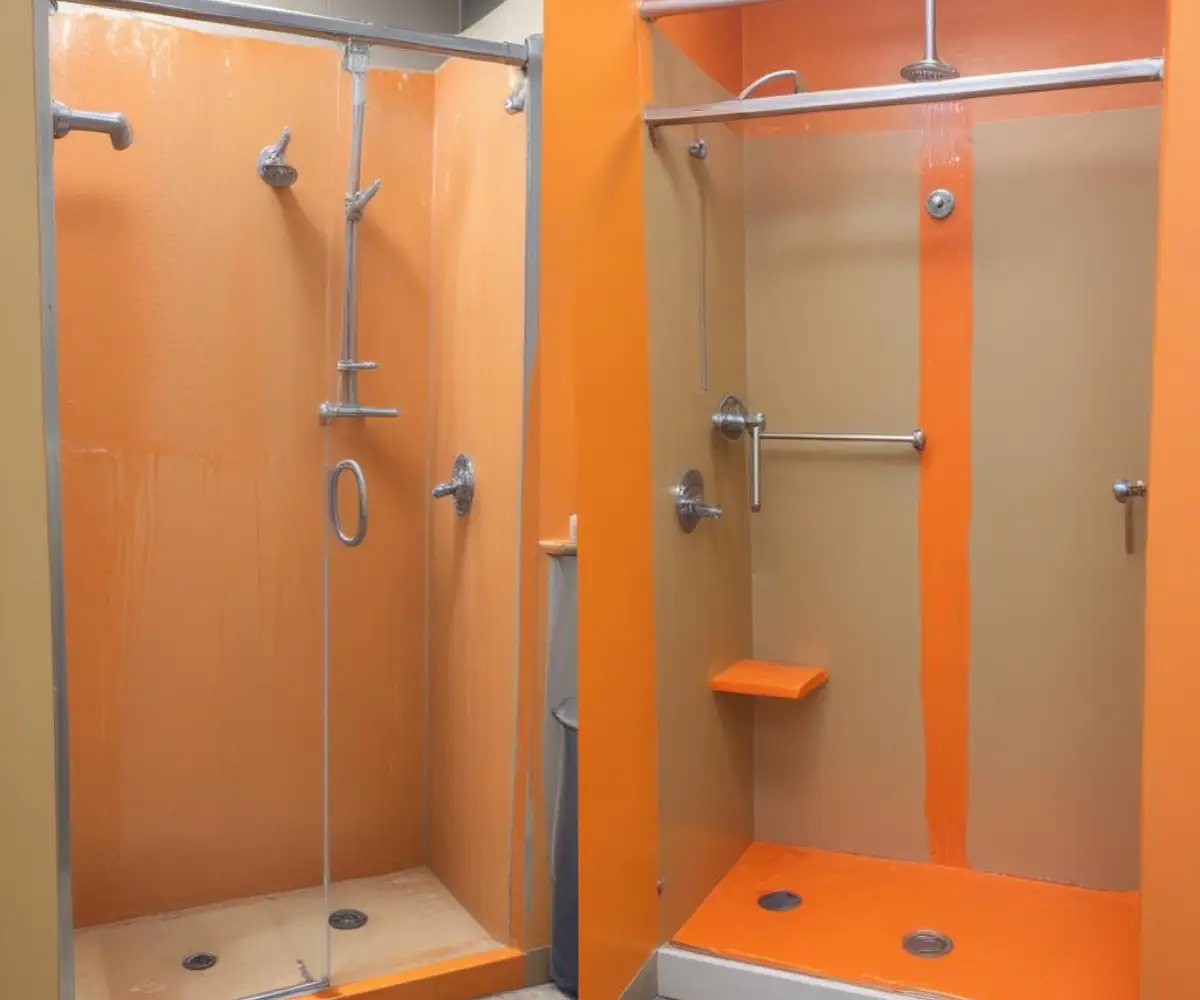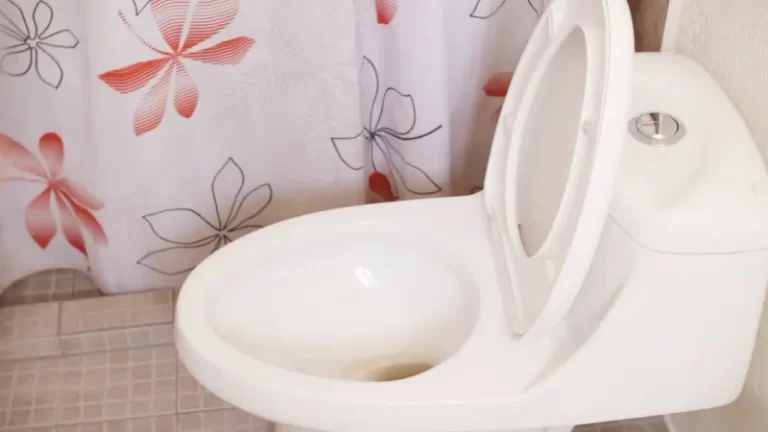Tile Redi vs Schluter: The #1 Choice That Will Make or Break Your Shower Remodel
Choosing the foundation of your new tiled shower is one of the most critical decisions you’ll make in a bathroom remodel. Get it right, and you have a beautiful, leak-free sanctuary for decades. Get it wrong, and you’re facing a catastrophic failure that involves leaks, black mold, and a full tear-out that costs thousands to fix.
The debate often boils down to two titans of the industry: the all-in-one simplicity of Tile Redi versus the comprehensive, component-based system from Schluter. Each promises a waterproof result, but they get there through fundamentally different philosophies and installation methods. This choice is about more than just a shower pan; it’s about weighing speed against flexibility and integrated components against a complete waterproofing envelope.
You'll Learn About
What is Tile Redi? The All-in-One Promise
Tile Redi’s core appeal is its directness. Their flagship product is a one-piece, pre-sloped shower pan made from a polyurethane composite material. It comes out of the box with the curb, splash walls, and drain housing fully integrated, creating a seamless, factory-made foundation that is ready to be tiled.
This design aims to eliminate the most common points of failure in a traditional shower build, specifically the seams where the floor meets the curb and walls. By making it a single piece, Tile Redi argues that the potential for installer error leading to leaks is dramatically reduced. The installation is marketed as being exceptionally fast, often taking under 30 minutes to set the pan in mortar.
Pros of The Tile Redi System
The primary advantage of Tile Redi is the speed and simplicity of installation. For DIYers and contractors alike, the ability to set a fully waterproof, pre-sloped pan in a single step is a massive time-saver compared to building a traditional mud bed, which can take days. The integrated design means you don’t have to worry about complex waterproofing details at the floor level.
Because it’s a single, molded piece, the slope is perfect and consistent every time, ensuring proper drainage without any guesswork. This predictability is a major selling point for those wary of the skill required to properly float a mortar bed. They also offer a huge variety of standard sizes and drain locations, as well as customization options.
Cons and Common Complaints
Despite its promise of simplicity, Tile Redi is not without its controversies. A frequent complaint found in user forums relates to pan flex after installation. If the pan is not set in a perfect, void-free bed of mortar, it can have a slight give underfoot, which inevitably leads to cracked grout and tile failure.
Another challenge is the “blind” drain connection, which can be difficult to line up and secure perfectly, especially without access from below. While the pan itself is waterproof, the system’s integrity still depends on a flawless connection between the pan’s splash walls and the waterproofing material used on the shower walls. This seam, if not handled correctly, can still be a source of leaks.
What is the Schluter System? The Complete Waterproofing Envelope
Schluter takes a different approach. Instead of a single, rigid pan, the Schluter-Shower System is a family of integrated products that work together to create a complete sealed system. The core components include a lightweight foam shower tray, the KERDI waterproofing membrane, a specialized bonding flange drain, and KERDI-BAND for sealing all seams and corners.
The philosophy here is not just to waterproof the base, but to create a fully waterproof and vapor-tight enclosure on all surfaces behind the tile. The KERDI membrane is applied to the floor tray, the walls, the curb, and any niches or benches, ensuring that no water ever reaches the wallboards or mortar bed beneath. This method provides superior moisture management and allows the entire assembly to dry out completely between uses.
Pros of The Schluter System
The greatest strength of the Schluter system is its flexibility and reliability when installed correctly. Because the foam trays can be easily cut, and the KERDI membrane can be applied to any shape, it’s ideal for custom shower sizes and designs that Tile Redi’s fixed models can’t accommodate. The system creates a comprehensive “sealed room,” offering robust protection against both water and vapor intrusion.
Professionals often prefer Schluter because it provides total control over the waterproofing process. When every seam is properly overlapped and sealed, the result is a truly monolithic waterproof barrier with an excellent track record. Furthermore, their system warranty can be extensive, even offering lifetime coverage when their proprietary thin-set mortars are used.
Cons and Potential Pitfalls
The main drawback of the Schluter system is that it is significantly more labor-intensive and detail-oriented to install than a Tile Redi pan. There are many more steps and, consequently, more opportunities for installer error. An improperly sealed corner or an insufficient overlap of the KERDI-BAND can compromise the entire system.
While not technically difficult for a careful DIYer, there is a definite learning curve. The material cost can also be higher than traditional methods, though it is often competitive with Tile Redi when comparing complete kits. Some users also find the foam base to feel less solid underfoot than a Tile Redi pan set in a full mortar bed.
The Ultimate Showdown: Tile Redi vs Schluter Head-to-Head
When you’re standing in the aisle, trying to decide which box to put in your cart, the choice comes down to a few key differences. Both systems can provide a leak-free shower, but they cater to different priorities, skill levels, and project types.
The best way to make a decision is to compare them directly on the factors that matter most in a shower installation: ease of installation, customization potential, cost, and long-term durability.

Installation: DIY Dream or Pro-Only Nightmare?
For pure speed and simplicity, Tile Redi is the clear winner. Its one-piece design drastically reduces the number of steps and specialized skills required. Setting the pan in mortar is the most critical step, but once it’s done, the floor is essentially finished and waterproof.
Schluter requires patience and meticulous attention to detail. You must cut the tray to fit, install the drain, apply membrane to the floor, build and waterproof a curb, and seal every single seam and screw penetration with KERDI-BAND. While the steps are straightforward and well-documented, there are far more of them, and skipping or rushing any one can lead to failure.
Customization: Can You Get the Shower of Your Dreams?
Schluter offers nearly limitless customization. Because the system is built from components, you can create a shower of virtually any size or shape. If you want a unique neo-angle shower, a massive walk-in wet room, or have to work around odd plumbing locations, Schluter’s system can be adapted to fit. This flexibility is its biggest advantage over pre-fabricated pans.
Tile Redi is more limited. While they offer many different models, you are ultimately constrained by their pre-set sizes and drain locations. If your rough-in plumbing is off by even an inch, a Tile Redi pan may not work without significant and costly plumbing modifications. They do offer custom solutions, but this adds to the cost and lead time.
The Cost Factor: Upfront Price vs. Long-Term Value
On the surface, the material costs can be surprisingly similar. A complete Schluter shower kit often falls into the same price range as a comparable Tile Redi pan. The real difference in cost comes down to labor. A professional may charge significantly more to install a Schluter system due to the extra time involved.
For a DIYer, the cost difference is mainly in the materials and your own time. However, it’s crucial to consider the long-term value. A failed shower in either system will cost far more to repair than the initial price difference. Therefore, the best value comes from choosing the system you or your installer can execute flawlessly.
Durability: Which System Stands the Test of Time?
Both systems are designed to last the life of the tile installation. Schluter’s long history and widespread professional adoption speak to its reliability. When installed to spec, the KERDI membrane is an incredibly effective waterproofing and vapor barrier that protects the entire structure.
Tile Redi’s durability is entirely dependent on its installation. If the pan is perfectly supported by a solid mortar bed with no voids, it will be rock-solid and perform flawlessly. However, if there is any flex, the repeated stress will eventually compromise the grout and tile, even though the pan itself isn’t leaking. The curb is a critical component, and understanding the proper shower curb thickness is essential for ensuring the stability of glass doors. Likewise, the correct shower curb height & width impacts both function and aesthetics.
| Feature | Tile Redi | Schluter System |
|---|---|---|
| Core Concept | One-piece, pre-sloped, integrated pan | Component-based sealed system |
| Installation Speed | Very Fast (often under 1 hour to set) | Slower (multiple steps, requires precision) |
| DIY-Friendliness | High, but the mortar bed is critical | Moderate, requires high attention to detail |
| Customization | Limited to stock sizes and custom orders | Highly customizable for any size/shape |
| Waterproofing Method | Waterproof surface of the pan itself | Topical membrane (KERDI) over all surfaces |
| Common Failure Point | Pan flex due to improper mortar support | Improperly sealed seams or corners |
| System Feel | Very solid and firm if installed correctly | Can feel slightly less dense underfoot |
Making the Final Decision: Which System is Right for YOU?
The choice between Tile Redi and Schluter isn’t about which one is universally “better,” but which one is better for your specific project, budget, and skill level. Your decision should be guided by a clear understanding of your own capabilities and the requirements of your bathroom design.
Ultimately, the entire shower enclosure must be considered. While the pan is the foundation, the walls are just as important. For modern, grout-free options, comparing alternatives like in our Palisade vs Dumawall guide can complete your project vision.
Choose Tile Redi If…
You should strongly consider Tile Redi if your project fits a standard size, speed is your top priority, and you are a DIYer who is more confident in mixing and applying mortar than in meticulous seam-sealing. It is an excellent solution for straightforward installations where the goal is to get a predictable, leak-proof base installed quickly.
Choose Schluter If…
The Schluter system is the superior choice for custom showers, complex layouts, or for anyone who wants the peace of mind that comes from a fully sealed, monolithic waterproofing envelope. It is the preferred system for most tile professionals for a reason: its flexibility and proven method provide a reliable solution for almost any scenario, provided it is installed with care and precision.
Conclusion: The Foundation of a Great Shower is a Choice You Make Before Tiling
Both Tile Redi and Schluter offer robust, modern alternatives to the traditional mud bed shower. Tile Redi excels with its simple, all-in-one design that promises a fast and foolproof installation for standard-sized showers. Schluter provides a comprehensive, highly flexible system that creates a completely sealed room, making it the go-to for custom designs and for professionals who demand total control.
The most important takeaway is that the success of either system lies in the installation. A perfectly installed Schluter system is arguably more reliable for complex custom showers, while a poorly installed one is a guaranteed failure. Similarly, a Tile Redi pan set on a flawless mortar bed is a rock-solid foundation, but one with voids underneath is a ticking time bomb. Whichever path you choose, read the instructions, watch the videos, and commit to doing it right. Your future self, enjoying a beautiful and leak-free shower for years to come, will thank you.

